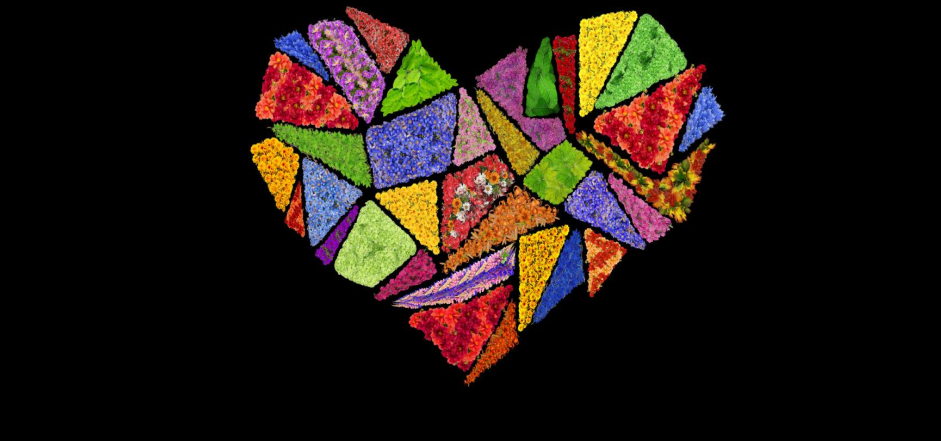In Times Like These, Part 2: Transformed by the Way
In my last post, we discussed the passage in John 14:1-6 where Jesus tells Thomas, “I am the way,” inviting us into a relationship with him that will transform us.
And therefore, we are invited to enter into that same fount of knowledge both by apprehending through reading and studying, but more importantly, by receiving, allowing that truth to shape us and embody us as people, that actually begins to change the way we see life.
Shaped by the Truth
You see, I don’t get up in the morning every day to read the Bible just so I can learn more about what it says, as if somehow my goal in reading the Bible is to master the teachings of Scripture. It’s never that antiseptic. Quite the opposite. I get up in the morning to learn more about the one who loves me. And to know more about how I am loved. To learn more about how the world is through the lens of a God who loves the world and every single human being in it.
You see, to be in a relationship with Jesus who is the truth means that we are being given the capacity to know the truth and to receive the truth. We feed on his words daily to learn the truth and be shaped by that truth. And as we are being shaped by that truth, we see gradually more and more all of life through the lens of that truth. And it is that truth that challenges, to their core, the grand narratives we hear on television and through the media.
That truth gives us the capacity to step back, to ask difficult questions to include in the lens of what we believe to be the truth. These are sometimes things we like and sometimes things we don’t.
Defined by God
Walter Brueggemann puts it this way: to live in Jesus is to be able to begin to actually see reality rather than ideology, the things that we have been taught are true, which may or may not be through the lens of Jesus. Which means this truth gives us the courage to face both the best and the worst of life and to hold both of these those things together as a definition of what life right now on this side of the resurrection actually looks like.
I saw this just a couple of days ago, sitting in my living room. Here came a huge caravan of high school students in cars. They had the doors cracked, the windows all the way down, the sunroofs open. They were standing on the seats through the sunroofs, at 15 miles an hour, with huge placards. And they were giving thanks for a teacher who lived in our neighborhood and what that teacher had meant to them over the course of their time in school.
That kind of gratitude is very much a part of what life is like, and it is something to be warmly received and welcomed. Also, many of us know about the unfortunate tragic story of the black man shot in a white neighborhood in Brunswick, Georgia by two unarmed off-duty police officers, and all the questions and concerns that raises about profiling. And how all of that was, to the best of our knowledge now, not seriously investigated but covered up.
Both of those things are true, you see, about the world in which we live. And to ignore either of those is to say something other than what reality is, but reality defined by a God who is in fact at work, even in the midst of the most tragic of circumstances, and calling us particularly as Christians who are men and women called to know the truth, to speak up about the truth, to live into what that truth is. To both commend the gracious and condemn injustice. Both of those are important, particularly in times like these.
Prepared for the Place
You see, he is the life, because he is the only one who did more than live with the inevitability of death. Jesus conquered death and ended the curse of its inevitability. In fact, when Jesus speaks in this passage, he’s actually redefining the terms of life to say that what gives meaning to life is that it doesn’t just end in meaningless death. It is transformed by the eternal presence of Jesus in eternity, so that there is in fact, a place being prepared for us right now.
Not only that, but Jesus is actually at work in us, as he is the way to that destination. What is Jesus doing? Among other things, he is preparing us and even the world that he is redeemed for the place that he is preparing. Teaching us now what it means for wrongs to be made right, for sins to be forgiven. And this involves not only our receiving forgiveness but also the freedom to offer forgiveness, and to let go of wounds and hurts – not as a way to deny their existence, but to affirm something larger and bigger, which is Jesus conquering death.
We’re invited into a way of living in this passage, a passage that gives us the capacity to trust Jesus, to grieve in the places where grief is invited, to rejoice in the places where joy is invited, to speak up, to hold before others the power of eternity that is at work even now, preparing us for the place that Jesus is preparing.
When we follow Jesus, who is the way, we’re not mastering information, we’re being mastered by the one who is, who knows, who commends and even defines the truth.
Be discerning, sisters and brothers. Ask Jesus to shape not just what you think, but your heart, that you might begin to see life more and more as he sees it: that we are being called into something that invites us to serve through his power, his river of living water flowing in and through us, because we have said yes to Him who is the way to the Father.
How has Jesus transformed your life? Share this blog and your response on Twitter. Please include my username, @revgregbrewer.
(This post is an adaption of Bishop Brewer’s sermon on May 10, 2020, in the chapel of the Diocese of Central Florida in Orlando.)
Unless otherwise noted, Scripture quotations are from the New Revised Standard Version Bible, copyright © 1989 the Division of Christian Education of the National Council of the Churches of Christ in the United States of America. Used by permission. All rights reserved.

